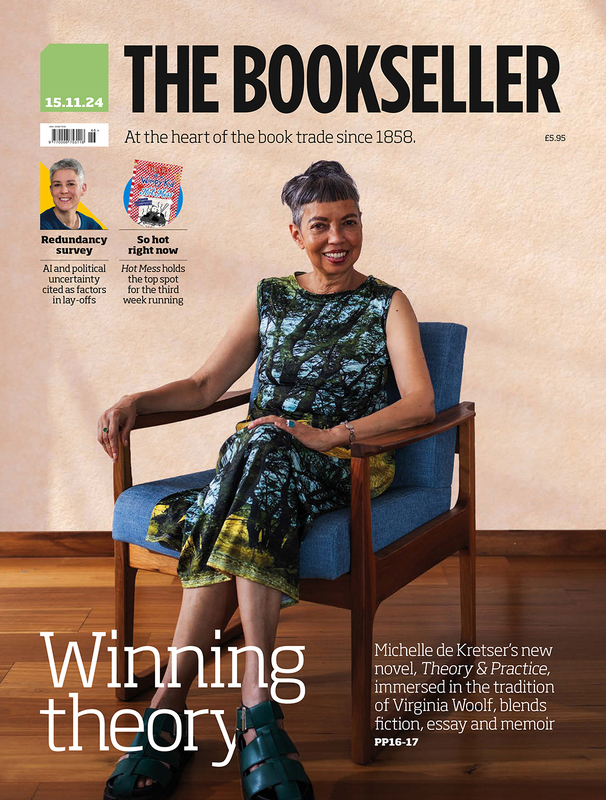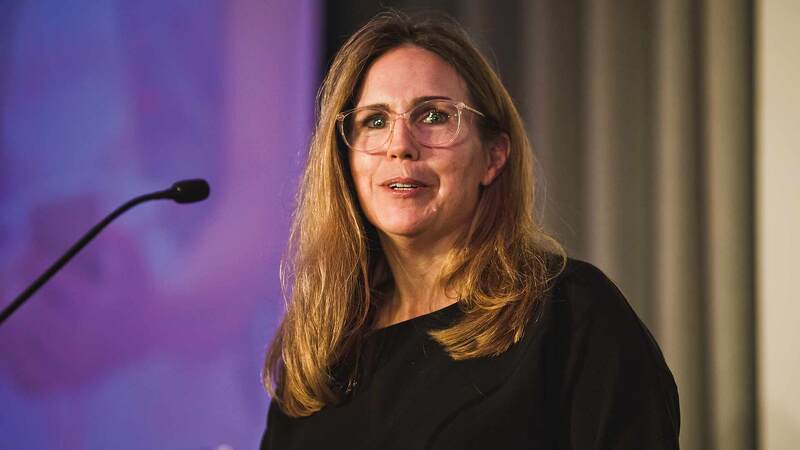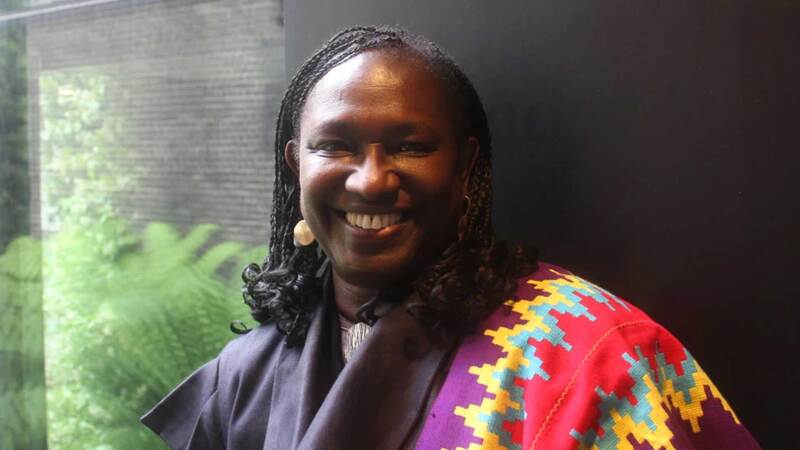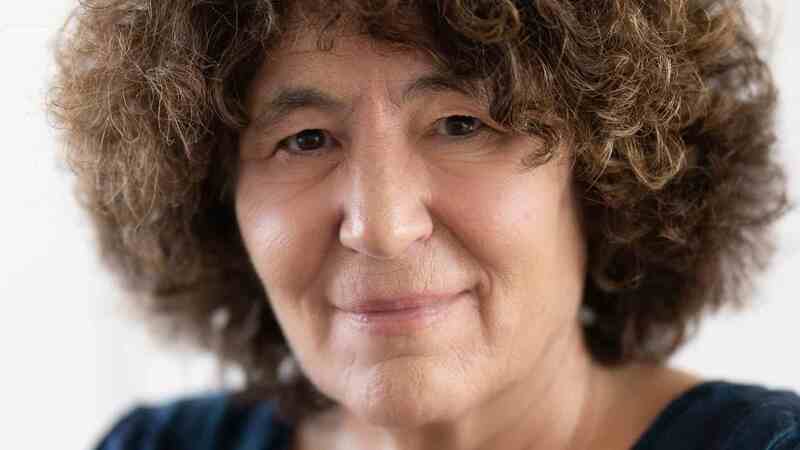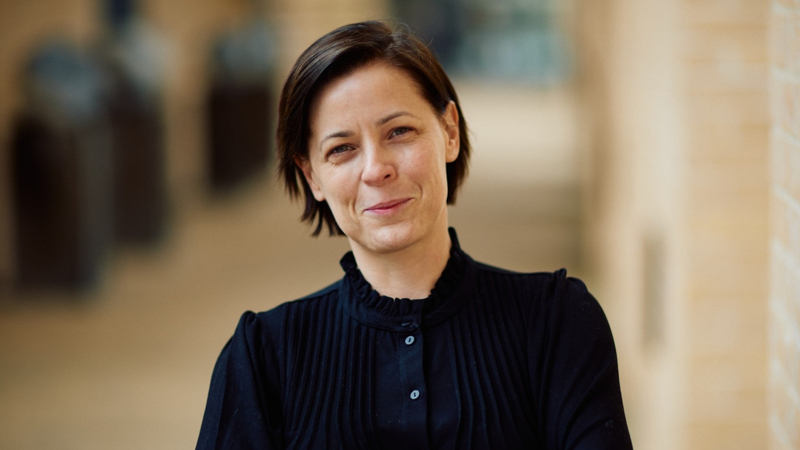You are viewing your 1 free article this month. Login to read more articles.
Review of 2017: independent publishers
The Bookseller has conducted an analysis of how independent publishers fared last year through Nielsen BookScan sales.
The Independent Alliance
It was some of the smaller parts of the Faber-led Independent Alliance (IA) sales collective who enjoyed the best year-on-year boosts in 2017. Old Street’s 30% jump was mostly down to one title: 49.6% of the indie’s £251,000 in BookScan revenue derived from James Hawes’ The Shortest History of Germany. The lavishly reviewed title does what it says on the tin, galloping through 2,000 years of German history—and using that to posit how Germany fits into post-Brexit Europe—in a mere 240 pages.
Short Books’ 11% value jump is remarkable as it came after a 2016 in which it experienced a whopping 143% leap. The £3.2m sold in 2017 is its second-best TCM haul (trailing only 2013’s £3.8m), and once again Michael Mosley is the catalyst. The diet guru sold £1.5m for Short, while a spin-off recipe book for his The 8-Week Blood Sugar Diet, written by Clare Bailey and Sarah Schenker, chalked up an additional £745,000.
IA leader Faber did suffer a 4.2% drop, but that was against the near-record £18.8m it recorded in 2016. The surprise bestseller was Rosamund Young’s The Secret Life of Cows (£560,000), while Louise Doughty’s Apple Tree Yard basked in a BBC adaptation fillip (£559,000 across two editions).
Matt Haig was responsible for 21% of Canongate’s £6.9m, and six of the Scottish firm’s top 10 books by volume. Robert Sears’ The Beautiful Poetry of Donald Trump was a stocking-stuffer smash hit, although the publisher may well have expected a little more from comedian Matt Lucas’ Little Me (12,500 copies sold).
Like Faber, Profile’s 2017 figures are compared against a standout 2016, which was its second-best TCM total. For the second year running, Sarah Perry’s Nibbie-winning The Essex Serpent was Profile’s (and the overall IA’s) top seller in value terms, while Mary Beard’s Women & Power proved to be a Christmas cracker for the independent.
Academic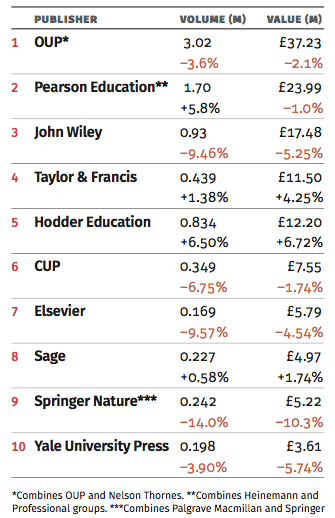
BookScan data does not really capture the heart of the academic sector, which has moved in large part to digital and international. For example, Taylor & Francis may have had sales of £239m in the first half of 2017 alone (to the end of June), but its bestseller through BookScan UK for the entirety of last year? That would be Alison Wilcox’s Discriptosaurus: Supporting Creative Writing for Ages 8-14, with 6,988 copies sold. Elsevier, the world’s biggest STM publisher, had just one title in the overall UK TCM Top 5,000: Andrew Hitchings et al’s The Top 100 Drugs, which sold 5,511 units.
Oxford University Press outpaces its academic competitors as it has several lists that do well in print, including the Bond study guides and, to a lesser extent, Oxford Dictionaries. Yes, physical dictionary sales have fallen off a cliff—to £13.4m for adult and children’s categories combined, a TCM nadir—but OUP sold just under a quarter (£3.1m) of that total.
Hodder Education recorded its fifth consecutive year of growth, and its best total since 2007. Lurking just outside the academic top 10 are McGraw-Hill (–7.3% to £3.2m), Cengage (–0.7% to £2.4m) and Princeton University Press, up 18.4% to a record £2.2m.
 Illustrated/Comic
Illustrated/Comic
DK’s 6 .1 % value drop is a managed decline as in 2017 the publisher released around 50 fewer titles in the UK year on year, the result of a range review with a particular focus on its travel output. Its figures for 2016 and 2017 do not include Rough Guides, which DK sold to APA Publications in October. Monty Don’s Down to Earth shifted £759,000, making it DK’s top earner in the past three years.
The £6.9m Thames & Hudson earned is its best TCM total since 2004. In 2016, just one of its titles earned more than £100,000; last year five did so, led by a tie-in to the British Museum Hokusai exhibition (£388,000) and Peter Furtado’s History of Nations (£348,000). The latter was originally published in 2012 but has been boosted in 2017 by its similarity to Tim Marshall’s hit Prisoners of Geography (Elliott & Thompson).
Graphic novel value sales slid 11%, so it is unsurprising that two of the three comics specialists—Viz and DC—had dipping revenue. Graphic Novels: Superheros sufferered most, that category dropping 21% to £7.5m, which partly explains DC’s 20% value drop. Rival Marvel experienced a similar 22% slide, to £2.6m. Titan managed to buck the trend with a 2% value rise.
 Specialist Children’s and Study Guides
Specialist Children’s and Study Guides
Normal service has resumed. Usborne saw its UK-record 15 consecutive years of TCM growth come to a halt in 2016, but the publisher was back on track in 2017 with a healthy 6% jump in revenue. Editorial director/author Fiona Watt and her collaborators were responsible for £5.8m (or 26%) of its takings. Sales in the burgeoning fiction and Young Adult arms were up, led by Helena Duggan’s A Place Called Perfect, which was selected for the inaugural Tom Fletcher Book Club.
Around £2 in every £5 spent on a Scholastic book in the UK last year went on a book written by Tom Gates creator Liz Pichon (£4.2m) or Julia Donaldson, who earned £4m for the Alison Green imprint.
Study guides king CGP enjoyed its fifth year on the trot of double-digit TCM sales jumps. Eighty-two study guides sold more than 10,000 print units through the TCM last year: CGP published an astonishing 53 of them.
Walker’s nearly 8% spike was aided by the return of Anthony Horowitz’s teen spy Alex Rider and a Martin Handford boost (to £1.1m) in Where’s Wally’s 30th anniversary year. But top of the pile were old reliables: Sam McBratney and Anita Jeram’s Guess How Much I Love You and Michael Rosen’s and Helen Oxenbury’s We’re Going on a Bear Hunt were Walker’s two top sellers, and combined to shift £1.6m in all editions.


